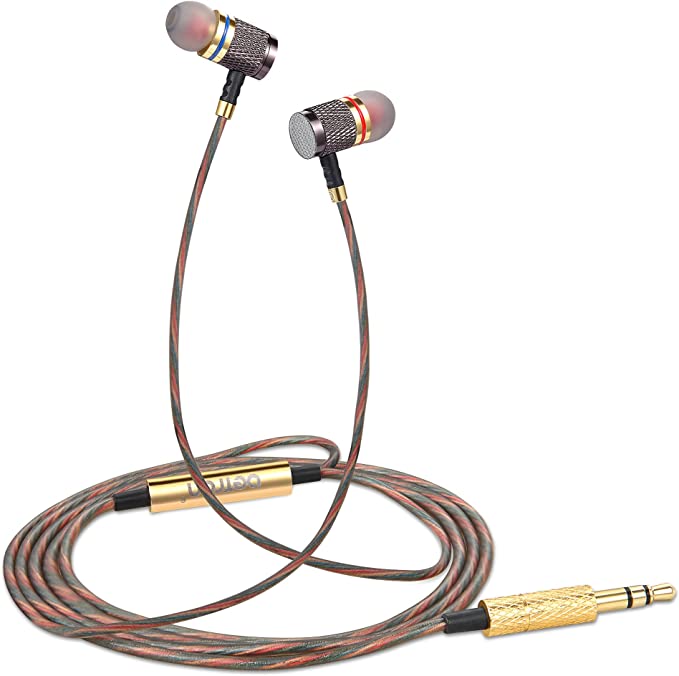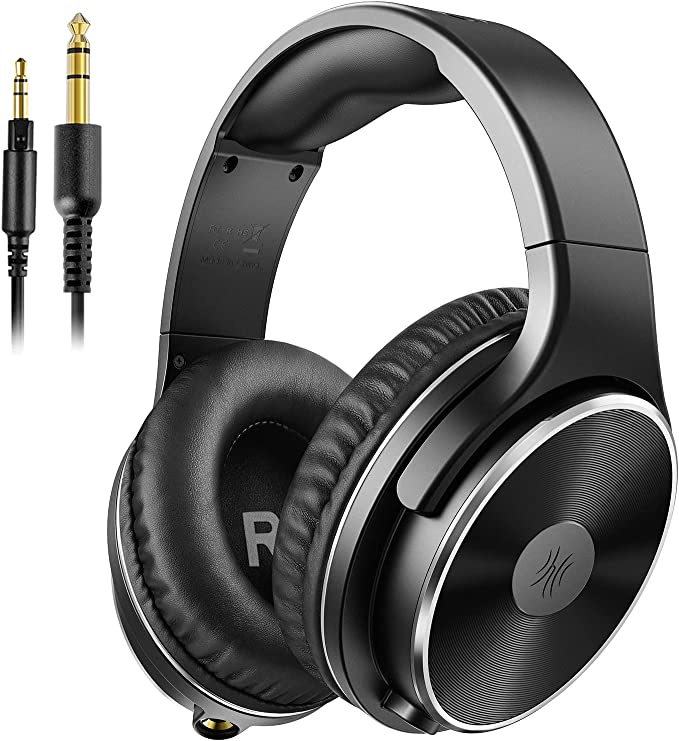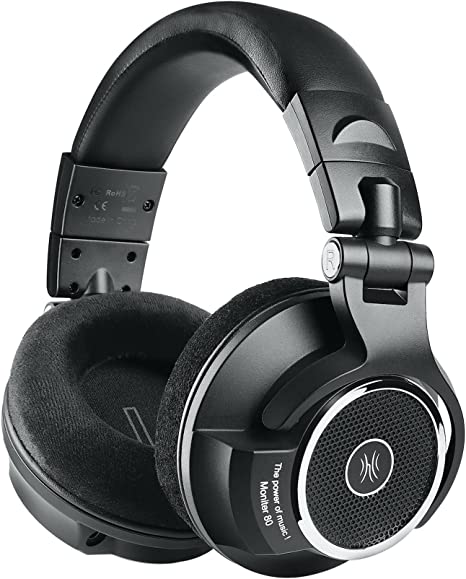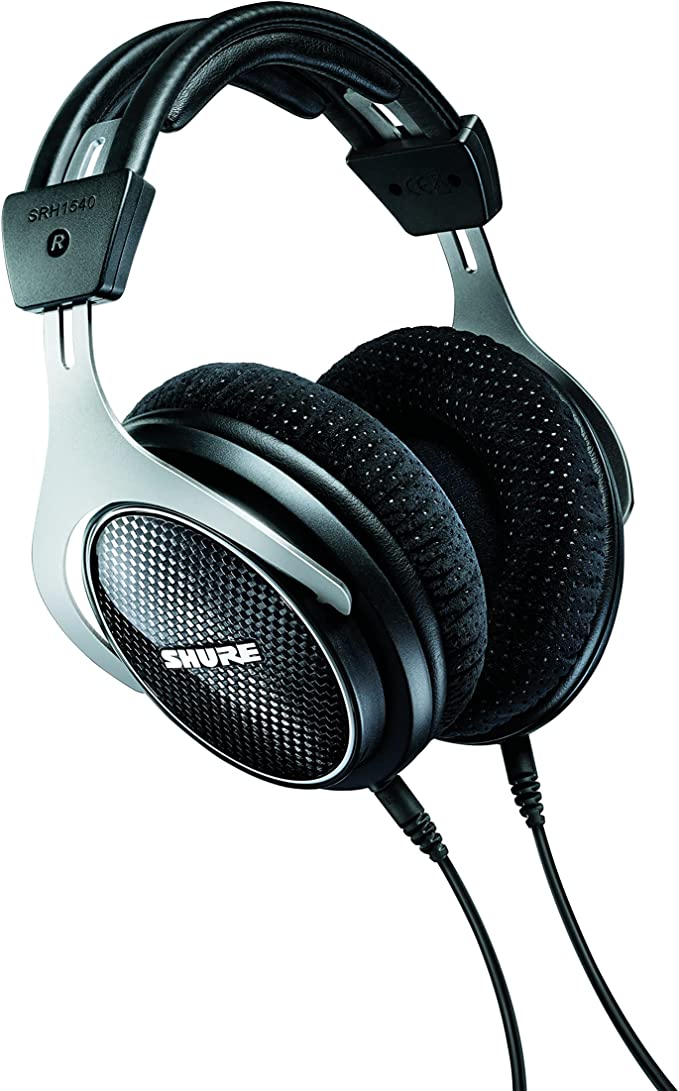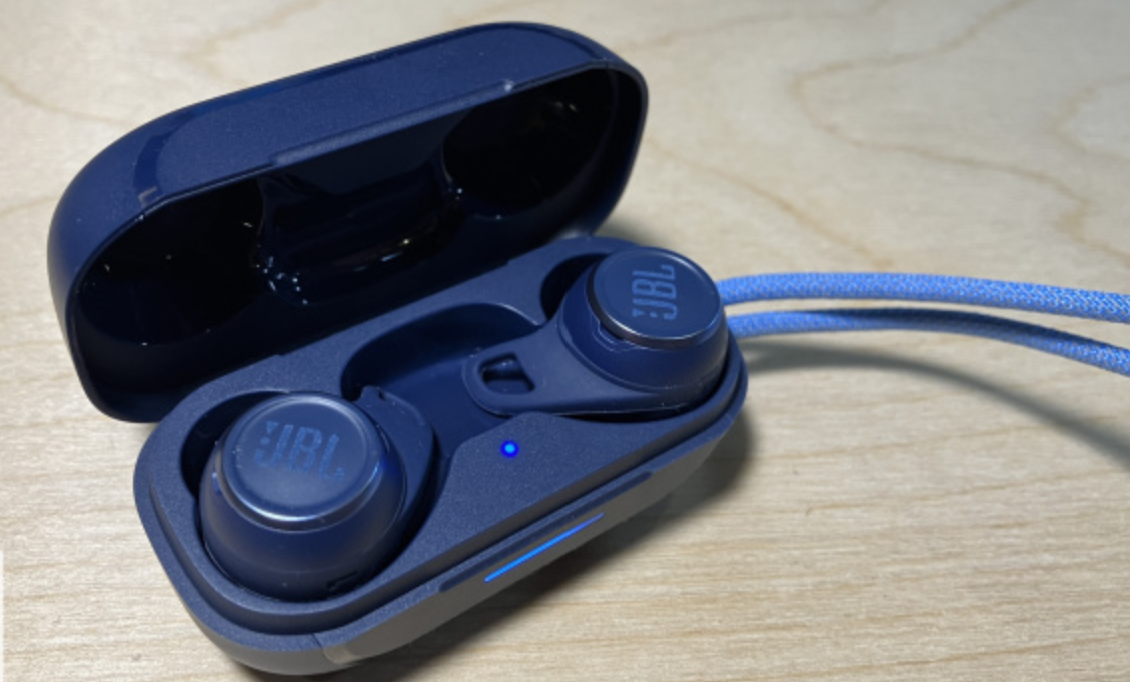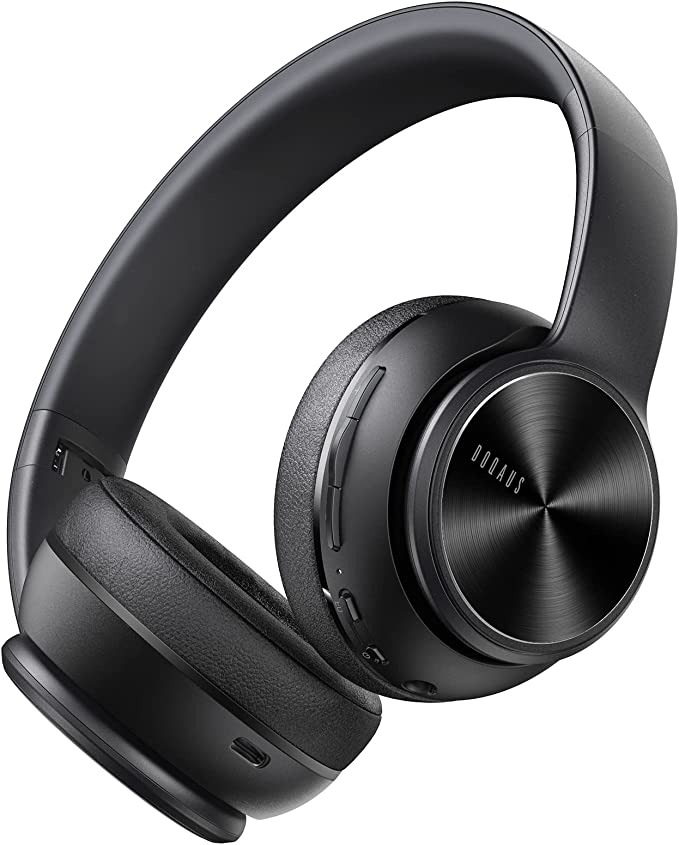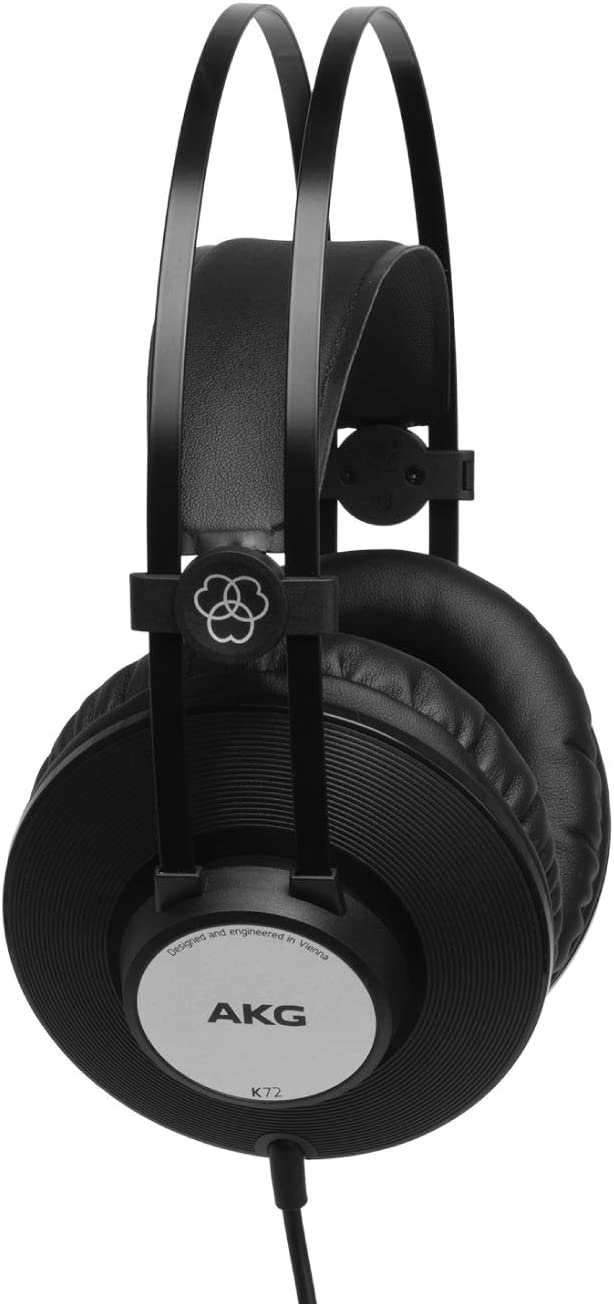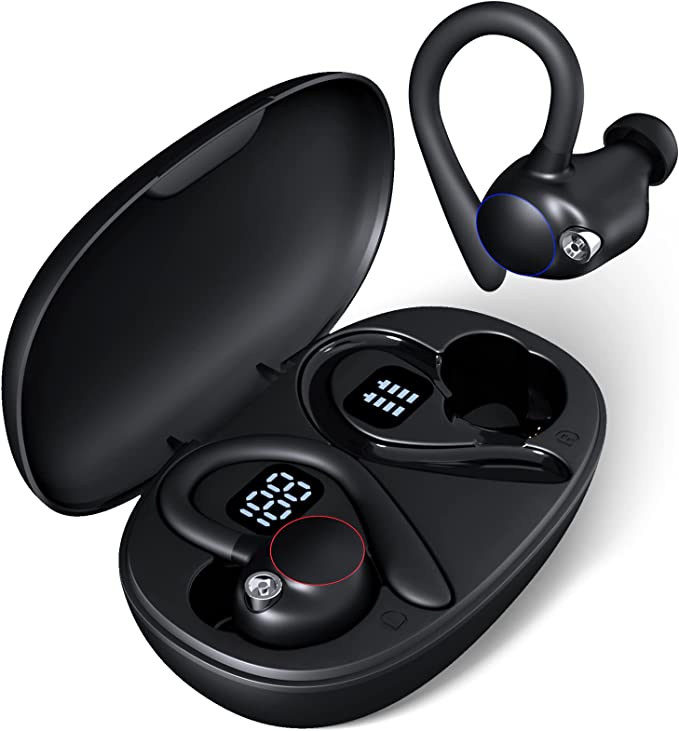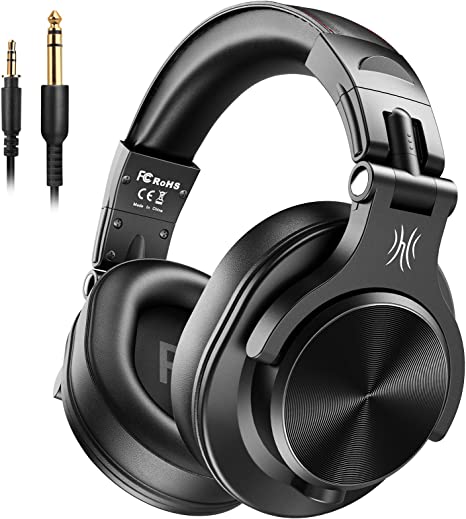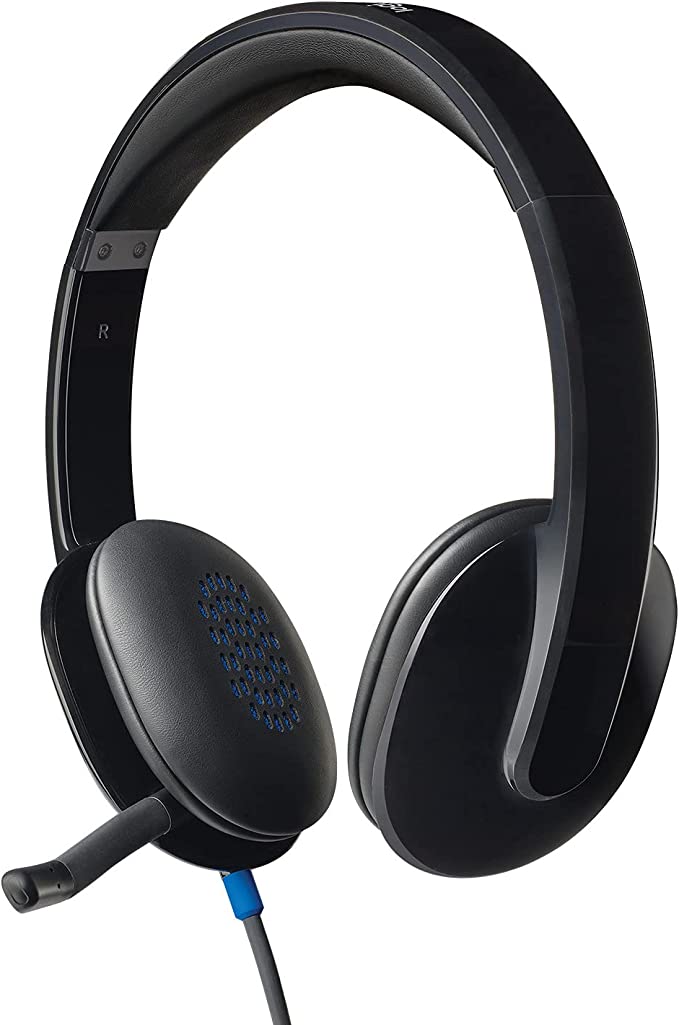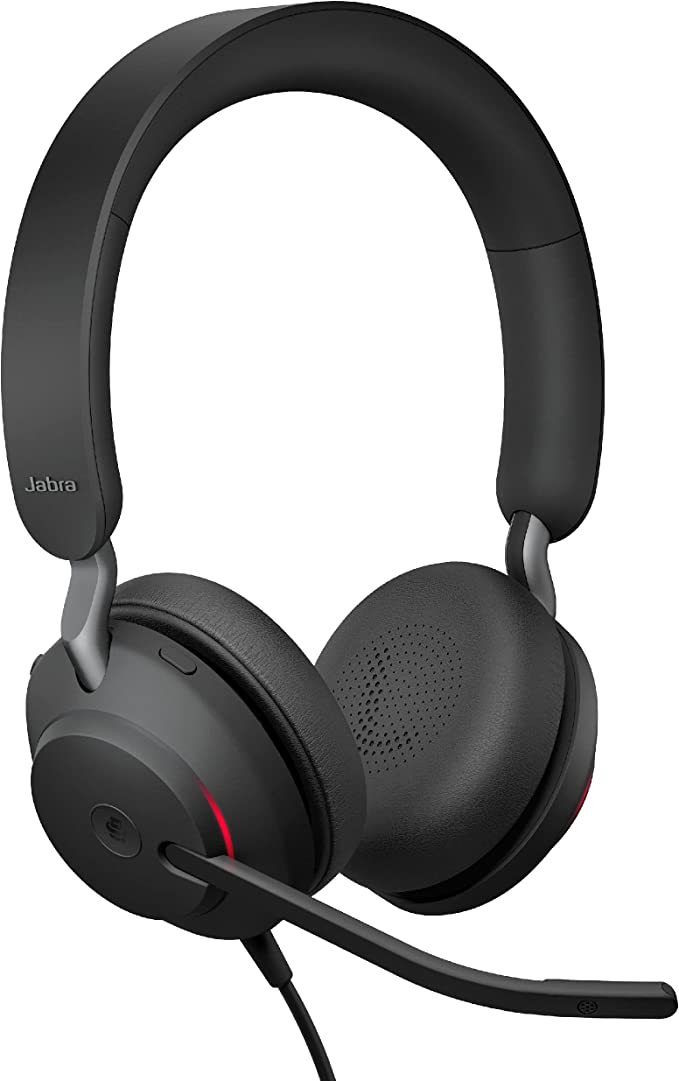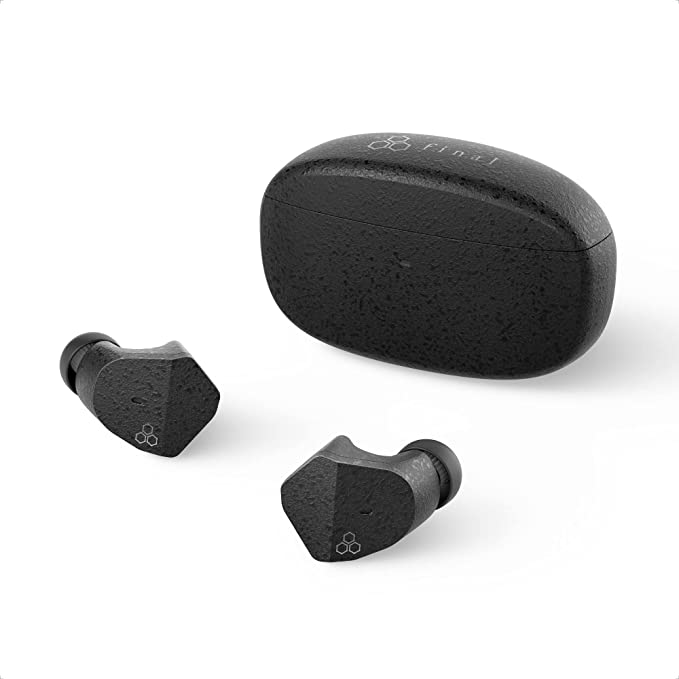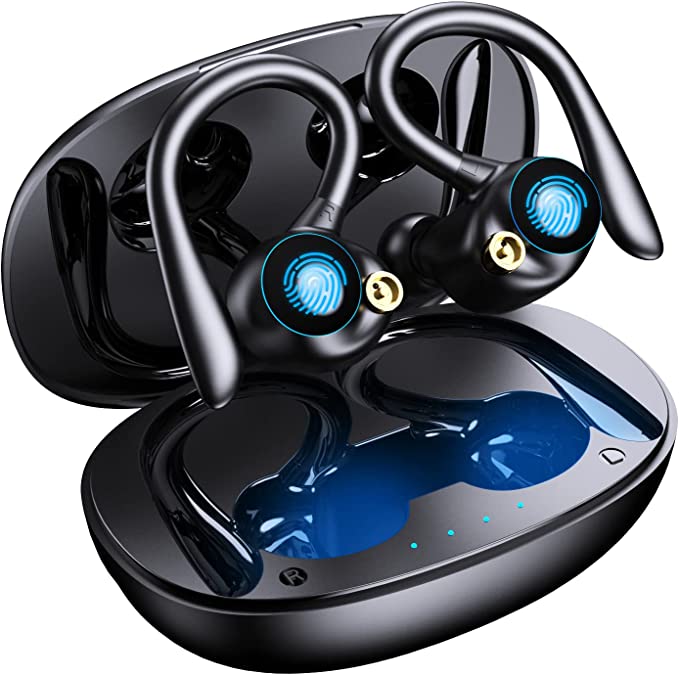HiFiGo TRN BAX Four-Unit Flagship Headphones: A Flagship Quad-Driver Hybrid Earphone with Stunning Electrostatic Performance
Update on June 26, 2025, 6:43 p.m.
Imagine standing in the center of a grand concert hall. The air thrums with anticipation before the first note is struck. When the music begins, it’s a living entity. You can feel the deep, resonant pulse of the cellos in your chest, pinpoint the sweet, soaring melody of a lone oboe, and sense the delicate, crystalline shimmer of a triangle hanging in the air above the stage. It’s an architecture of sound, vast and complex.
Now, hold the HiFiGo TRN BAX in your palm. It’s a small, cool, metallic object, exquisitely crafted but impossibly compact. The question that arises is nothing short of profound: how can the soul of that entire concert hall, with its myriad instruments and acoustic grandeur, be faithfully recreated inside this tiny space? The answer is not magic, but a masterful act of micro-engineering—the assembly of a miniature orchestra, instrument by instrument.

The Foundation: The Soulful Pulse of the Orchestra
Every great musical piece needs a foundation, a rhythmic and emotional anchor. In our miniature orchestra, this role is played by a 10mm dual-magnet dynamic driver. Think of this as the robust bass section: the cellos, the double basses, the timpani. Its job is to provide the weight, the power, and the visceral pulse that gives music its body. The working principle is a direct descendant of the very first loudspeakers, rooted in the 19th-century physics of electromagnetism. A coil of wire moves within a magnetic field, pushing a diaphragm to create sound waves—a simple, elegant, and effective method for moving air. The BAX’s driver is a modern evolution, featuring a powerful dual-magnet circuit designed to exert iron-fisted control over the diaphragm’s movement, allowing it to sculpt deep, textured bass lines all the way down to a subterranean 7Hz.
The Heart of the Melody: A Soloist’s Precision
While the dynamic driver lays the foundation, the critical midrange—where the human voice and the core identity of most instruments reside—requires a different kind of artist. It demands not just power, but breathtaking precision. Enter the balanced armature (BA) driver, our orchestra’s lead vocalist and principal woodwind section. The BA has a fascinating history, born not in a concert hall but in the clinical environment of the hearing aid, where clarity and efficiency were paramount.
Unlike the broad strokes of a dynamic driver, a BA works with microscopic finesse. A tiny reed, or armature, is balanced within a magnetic field. As the audio signal flows, the reed vibrates with incredible speed, and these vibrations are channeled to a diaphragm. The moving parts are minuscule, allowing the BA to respond to the most subtle nuances in the music with astonishing speed. For this crucial role, the TRN BAX employs a world-class soloist: a custom-tuned Knowles 29689. Knowles is to balanced armatures what Steinway is to pianos—a benchmark of quality. This specific driver is tasked with painting the melodic heart of the music, rendering vocals and instruments with a rich, articulate, and lifelike presence.
The Air and Sparkle: The Whisper of an Electrostat
Now we ascend to the highest registers, to the elements that create a sense of space, air, and realism. This is the realm of the twin electrostatic (EST) drivers. If the dynamic driver is the heart and the balanced armature is the voice, the ESTs are the very soul of the high frequencies—the shimmer of cymbals, the highest harmonics of a violin, the ambient air of the recording space itself.
The physics here border on the magical. An EST driver uses an incredibly thin, nearly massless diaphragm, coated with an electrical charge and suspended between two perforated metal plates (stators). The audio signal creates a fluctuating electrostatic field that pulls and pushes the diaphragm directly, with no mechanical parts in between. Because the diaphragm has virtually no inertia, its response is almost instantaneous, and its ability to reproduce the finest details is unparalleled. For decades, this technology was the exclusive domain of large, expensive, esoteric headphones. To successfully miniaturize it and place it within an in-ear monitor is a monumental feat of modern engineering, akin to capturing lightning in a bottle. These twin ESTs are what allow the BAX to reach for an airy 40,000Hz, weaving a tapestry of crystalline detail that makes the entire performance breathe.
The Unseen Conductor and The Perfect Hall
Having assembled our three groups of world-class musicians, a critical question remains: who ensures they play in perfect harmony? A dynamic driver, a balanced armature, and an electrostatic driver speak different languages and operate on different principles. Left to their own devices, the result would be chaos. This is where the unseen hero of any multi-driver system comes in: the crossover network.
Think of the crossover as the orchestra’s conductor. It takes the full musical signal and, much like a prism splitting white light into a rainbow, it intelligently divides the frequencies. It sends the deep lows to the dynamic driver, the crucial mids to the balanced armature, and the delicate highs to the electrostatic drivers. This is not just a simple traffic cop; it’s a sophisticated electronic brain that ensures each driver receives only the frequencies it is designed to master, creating a seamless, coherent whole from disparate parts.
Finally, even the greatest orchestra needs a worthy venue. The BAX’s metallic shell is more than a housing; its semi-open acoustic design serves as a meticulously engineered concert hall. The small vents are not arbitrary; they are a pressure-relief system. In a completely sealed space, air pressure can build up, distorting the sound and creating listener fatigue. These vents allow the drivers to breathe, eliminating unwanted resonances and pressure, which has a profound effect: it widens the perceived soundstage, making the music feel as though it’s happening around you, not just between your ears. It is the acoustic architecture that gives the symphony its space to truly soar.
Coda: The Symphony Assembled
Looking back at the TRN BAX, we see it not as a mere product, but as a convergence of history, physics, and art. It holds the legacy of the first telephone, the precision of medical science, and the ambition of the most exclusive audiophile technology. It is a testament to the relentless human desire to capture and recreate sound in its purest form. The value of such a device lies not just in its list of components, but in the immense, invisible effort of its “conductor” and “acoustic architect”—the engineers who blended these diverse elements into one singular, harmonious performance. It is a complete symphony, waiting in the palm of your hand.
